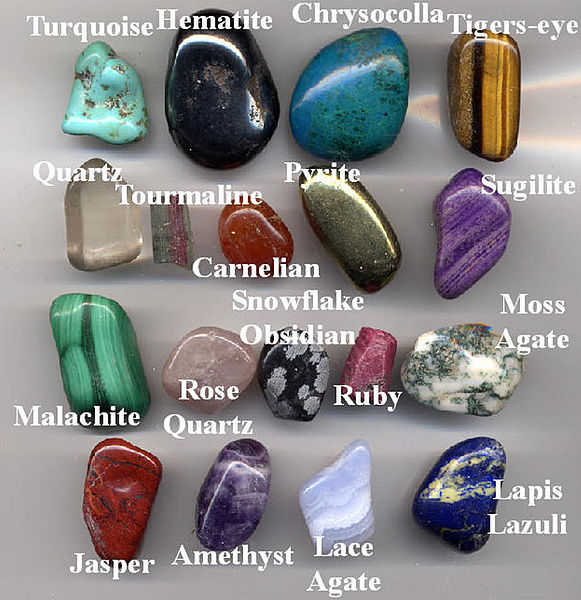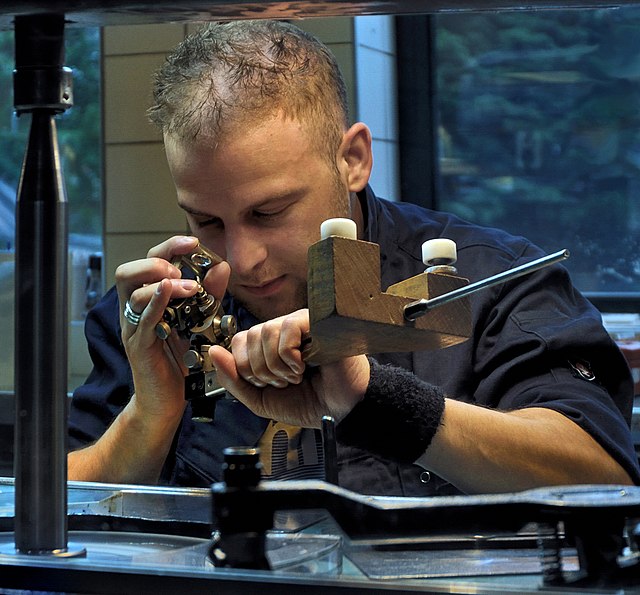Emerald is a gemstone and a variety of the mineral beryl (Be3Al2(SiO3)6) colored green by trace amounts of chromium or sometimes vanadium. Beryl has a hardness of 7.5–8 on the Mohs scale. Most emeralds have much material trapped inside during the gem's formation, so their toughness (resistance to breakage) is classified as generally poor. Emerald is a cyclosilicate.
Emerald crystal from Muzo, Colombia
Main emerald producing countries
Cut emeralds
Brazilian emerald (grass-green variety of the mineral beryl) in a quartz-pegmatite matrix with typical hexagonal, prismatic crystals.
A gemstone is a piece of mineral crystal which, when cut or polished, is used to make jewelry or other adornments. Certain rocks and occasionally organic materials that are not minerals may also be used for jewelry and are therefore often considered to be gemstones as well. Most gemstones are hard, but some softer minerals such as brazilianite may be used in jewelry because of their color or luster or other physical properties that have aesthetic value. However, generally speaking, soft minerals are not typically used as gemstones by virtue of their brittleness and lack of durability.
A collection of gemstone pebbles made by tumbling the rough stones, except the ruby and tourmaline, with abrasive grit inside a rotating barrel. The largest pebble here is 40 mm (1.6 in) long.
Spanish emerald and gold pendant at Victoria and Albert Museum
Enamelled gold, amethyst, and pearl pendant, about 1880, Pasquale Novissimo (1844–1914), V&A Museum number M.36-1928
A diamond cutter in Amsterdam








